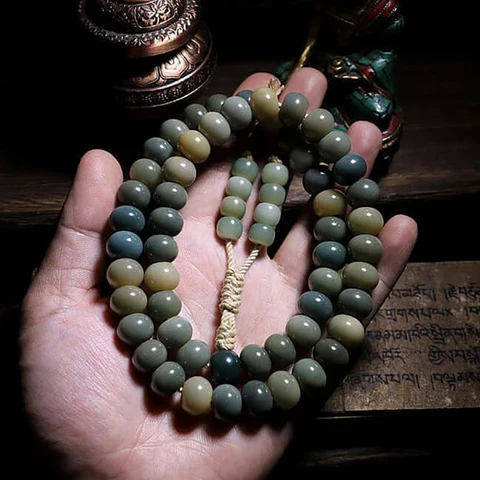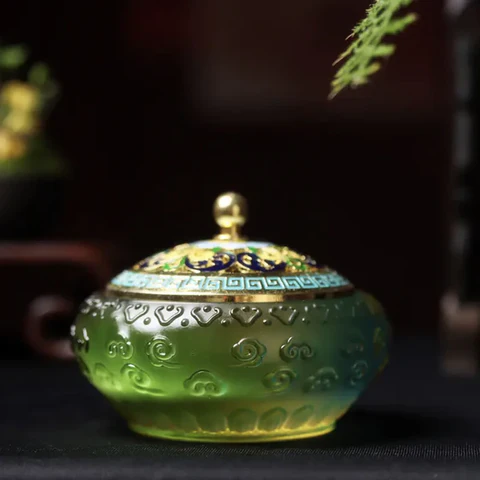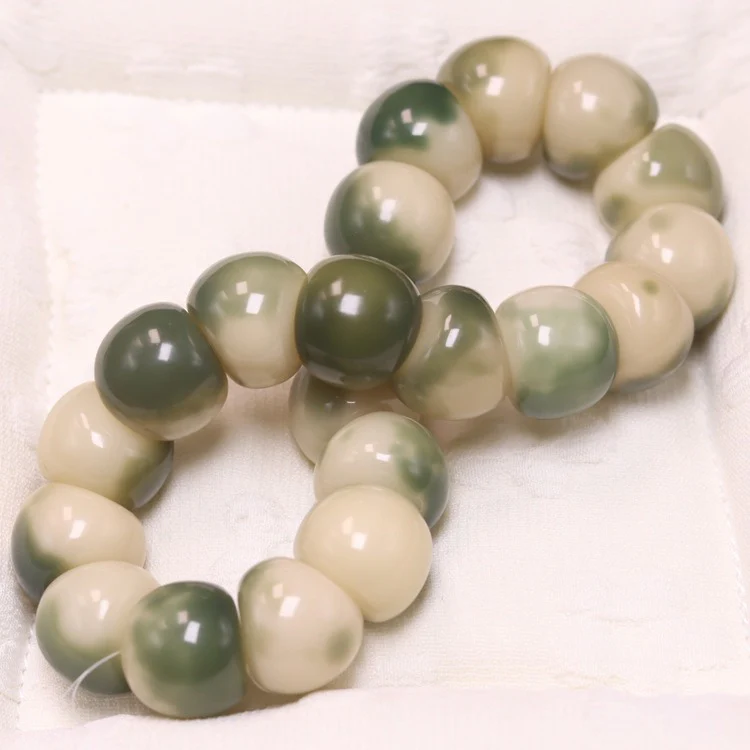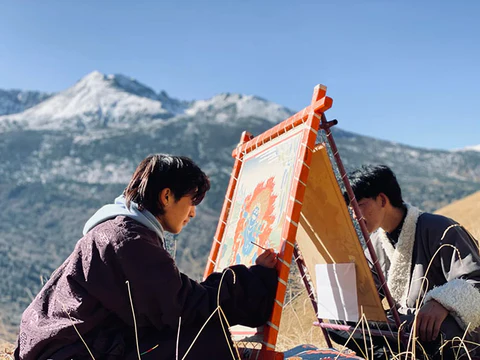- Mon - Fri:
9:00am – 9:00pm
- Call Us:
+1-702-268-6636
- Language:
English
- Currency:
$USD
+1-702-268-6636
English
$USD





Follow us to learn more about energy growth
Navigation
Have you ever heard of Thangka art? If not, this guide will introduce you to the fascinating world of Thangka—one of the most iconic and sacred forms of Tibetan Buddhist art. We’ll also take a look at the largest Thangka ever created, a masterpiece that reflects the rich heritage and imagination of the Tibetan people.
In the Tibetan language, “Thang” means “a flat and expansive surface,” and “Ka” refers to the application of colors. Together, Thangka signifies painting on a flat canvas—typically cotton or silk.
A Thangka is a portable religious painting, most often depicting a Buddhist deity, scene, or mandala. Unlike framed paintings, Thangkas are mounted on textile backings and can be rolled up for easy transportation. Traditionally used by monks and practitioners during rituals, ceremonies, and meditation, Thangkas serve as visual aids to deepen spiritual understanding.
These paintings are not merely decorative—they are sacred tools used in Buddhist practice to inspire meditation, convey teachings, and preserve cultural knowledge.

Creating a Thangka is a meticulous process governed by strict iconographic rules passed down through Buddhist scriptures. Every element—from layout to color to proportions—is precisely calculated.
This deliberate structure transforms Thangkas into more than just artwork—they are spiritual blueprints for enlightenment.
Thangkas are rich in symbolic meaning, with every gesture, object, and color representing a deeper spiritual truth:
Each Thangka serves as a visual scripture, guiding the viewer through layers of Buddhist teachings and inner reflection.
One of the most extraordinary achievements in Thangka history is housed in the Qinghai Tibetan Culture Museum:
“The Grand View of Tibetan Culture” – the world’s largest Thangka.
This monumental scroll, containing over 700 individual Thangka illustrations, is not only a work of extraordinary skill and devotion, but a grand celebration of Tibetan cultural imagination, worldview, and spiritual life.
Thangka art is far more than intricate religious painting—it is a sacred expression of Tibetan Buddhism, rich in meaning, history, and spiritual guidance. These works serve as windows into a world of deep meditation, moral teachings, and cosmic harmony.
For those unfamiliar, Thangkas might seem complex at first glance. But by exploring their symbolism and structure, we come to appreciate them not only as artistic masterpieces, but as powerful tools for enlightenment and cultural preservation.
